....is this your first visit to my journal? Start on Day 1! Don't worry, we'll wait till you get back
For those of you following along with my journal chronologically, you know that I'm currently in the United State's northernmost city, Utqiagvik.
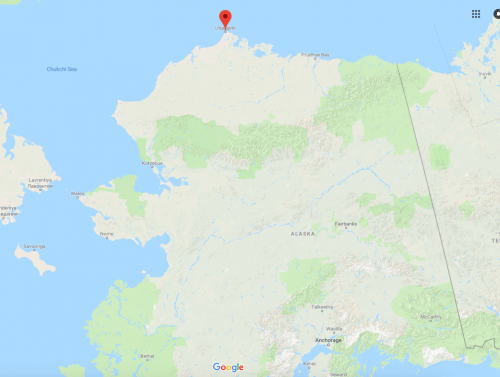
I have spent most of my time here hosted by a research team under the direction of Dr. Craig Tweedie from University of Texas at El Paso. Despite being in the final days of their project (three months of Arctic living!), this team welcomed me right away and let me observe and help out with some of their research tasks. This team has many different projects they are working on – using drones for mapping/GIS, coastal erosion, vegetation changes, lemmings – all mostly or partially tied to thawing permafrost and climate change.
Task #1: Recording Thaw Depth
The first project I helped Mariana with was recording thaw depth at a site at the International Biological Program (IBP). Recording thaw depth requires sticking a metal rod into the ground until it stops – this lets us know how many centimeters the permafrost is below the ground. The cool thing about this site is that it has been monitored for over 40 years, getting the historian side of me really excited. Mariana has taken on monitoring this site for the last two years and she is committed to also creating a more accessible historical database of the site for future researchers.
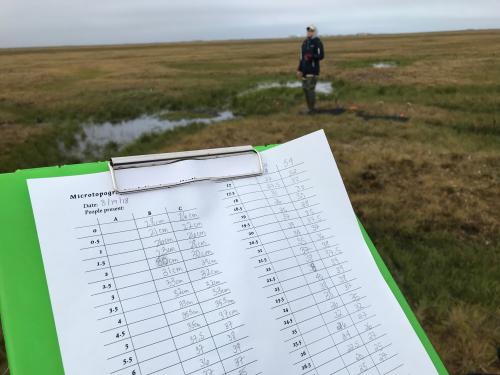
Task #2: Installing Cameras
While engineers and other team members had developed a new type of camera to help monitor and collect data from their different sites, the camera parts had to be assembled and installed on site. Dr. Tweedie and Mariana (with a little help from me) assembled most of the camera elements (camera, battery pack, solar panel, and temperature gauge) in the workshop. This involved lots of drilling and screws.
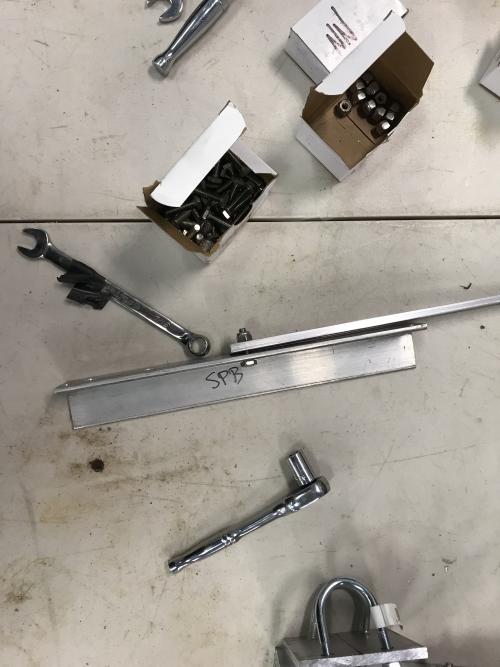
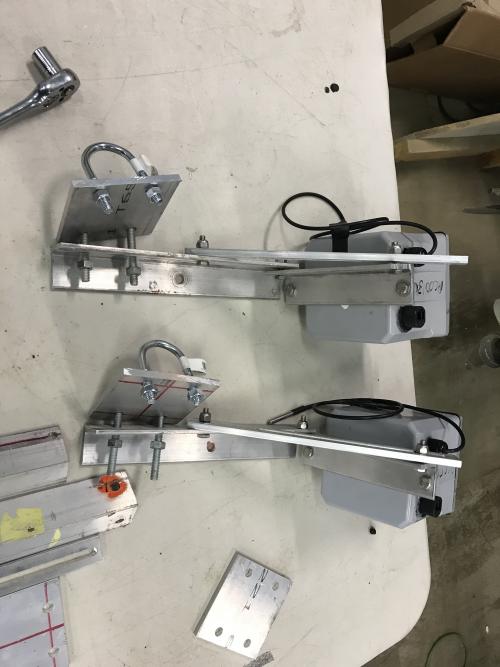
These cameras take a photo every hour and are significant because they can collect infrared and red/green/blue (RGB) band pictures to show changes in vegetation. This is a much faster way to collect the data and it can be collected even when the team is not in Utqiagvik. They also survive the Arctic winters!
Once assembled, Mariana and I had to stuff all the materials into our packs (including heavy tools) and hike them out to the study site on the Barrow Environmental ObservatoryA location used for observing terrestrial and/or celestial events. (BEO). Installation of the first camera (yesterday's 360 picture) was slow, but the weather was beautiful so it didn't really matter. I enjoyed the first sunshine while picking up any tools Mariana dropped. I was able to climb the tower and help with the installation of the solar panel since it required more hands. When we returned the next day to install the other camera to the second tower things moved much faster and it was really cold. Unfortunately, even with using washers to adjust the view, we couldn't get the horizon straight on the camera view – something to fix next year!
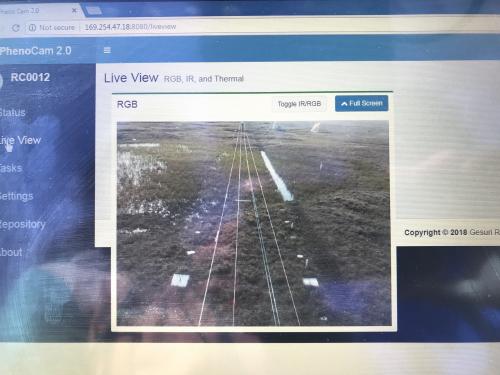
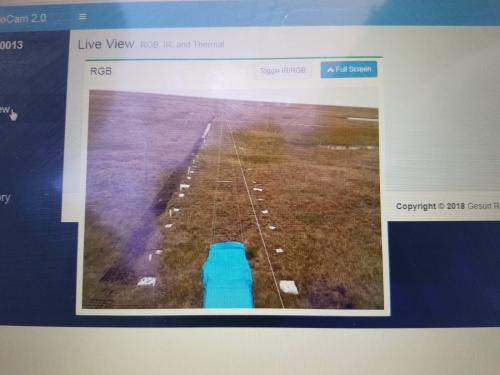
This time I got to install the battery pack and help with the solar panel installation.
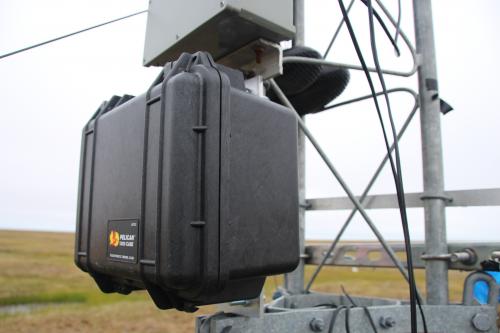
Even though it was colder, I was still really glad I went out with Mariana since we got a great show from 2 of 3 snowy owls that live by their site on the BEO.
Each time we left the BEO, Mariana and I ran into lemmings. Lemmings are small mammals that live in the tundra which I will be talking more about in my post tomorrow. Here is a funny photo to get you excited for tomorrow's post.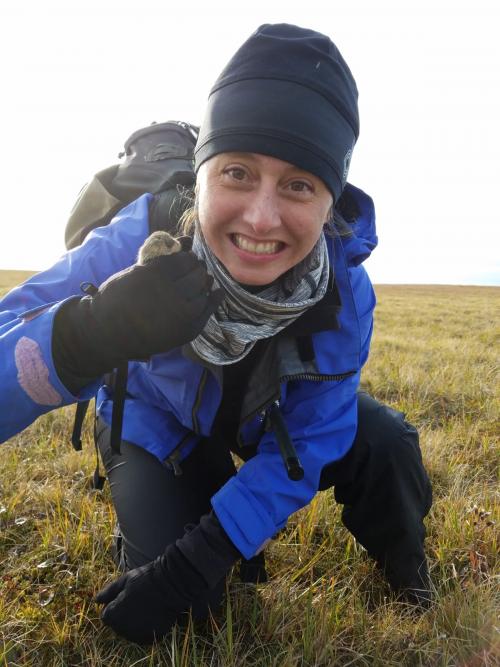
Further Reading
Want to know more? In honor of my time in Utqiagvik, check out from Yale Environment 360 article on how indigenous knowledge is being used in the study of the Arctic.
Today's 360 Image
Hanging out on the IBP!


Comments